The Questing Beast Appendix N
What media had the biggest impact on my work?
I’ve seen an Appendix N bandwagon going around, where creators list the media that most influenced them. Here’s mine!
Comics
Calvin and Hobbes: I grew up with every C&H collection and read them so much that my parents had to put them away so I would read anything else. Now I have to do the same thing for my kids.
Calvin and Hobbes, more than any other comic, instills a sense of wonder in the reader, a love of creating imaginary worlds, and of course a commitment to investigating the great questions of western philosophy. It also led me to the comics masterworks that inspired Watterson, like Krazy Kat, Pogo, and Little Nemo in Slumberland.
Asterix: My dad grew up reading the Franco-Belgian comics Asterix and Tintin, and passed them down to me and my siblings. Tintin is a classic, but I was always more of an Asterix fan. I liked the cartooning better, the non-stop puns, the expressive characters, and the setting of ancient Gaul. It’s still surprising to me how many Americans have never heard of it! If you do pick it up make sure to avoid the new editions by Papercuts, which are printed too small and have an inferior translation.
Astro City: Astro City is the only superhero series I’ve read that feels like what you imagined superhero comics were like before you read them. Each issue or short series looks at the world of superheroes from a new angle, using a vast array of completely original characters. Also, the covers and costume design work by Alex Ross are incredible.
Hellboy: Mike Mignola is my favorite comics artist, bar none. Every page of Hellboy could be framed on the wall. It was the first comic book I read where I became aware of what the medium was capable of, in terms of controlling the reader’s experience through layout. It’s a huge shame that he doesn’t really illustrate anything in the Mignolaverse anymore, mostly sticking to overseeing the story. I did enjoy the B.P.R.D series through, especially the ones illustrated by John Arcudi.
Bone: Bone is the best all-ages graphic novel ever. A complete fantasy epic, written and illustrated by a single master cartoonist, and great example of how silliness and whimsy can exist alongside serious themes. You can get it in the original black and white (which I prefer), or the color edition (which my kids prefer).
Books
The Once and Future King: This book ignited my love of Arthurian legends, and introduced me to the channel’s mascot, the Questing Beast! Funny, anachronistic, melancholy, and impossible to forget.
Jonathan Strange & Mr Norell: This is probably my favorite fantasy novel outside of Tolkien. When I first bought it as a teenager I read all 780 pages straight through over the course of a couple days. It tells the story of magic’s return to England during the Napoleonic wars, in an alternate universe where medieval England had once been ruled by an immortal magician-king. One of the best examples of how to convey an atmosphere of mystery, awe, and slow, creeping dread. Don’t listen to the people who tell you to ignore the fake footnotes, those are the best part.
A great follow up to this book is Clarke’s Piranesi, about a character trapped in a surreal, megadungeon-like structure.
The Hobbit: Although The Lord of the Rings is the better book, and more influential, the Hobbit had the most influence on my RPGs. It’s a perfect adventure story, where a character goes on a trip to the end of the world (from his point of view) and becomes a different person along the way. All of the encounters are iconic, and I think the implied world is better for running RPGs in than LotR. One thing that stands out is how incredibly specific and detailed the descriptions of the landscape are as the party travels. It’s a great model for how to narrate journeys in RPGs.
A Wizard of Earthsea: This was the first fantasy novel to really blow me away after getting pulled in by Tolkien. Le Guin’s novels are short but luminous, a masterclass in how to imply a huge, detailed world with very few words. She also demonstrated how to create a magic system that makes the world feel more magical rather than less. There’s a great mix of internal and external conflicts, as characters battle against their inner demons while facing down dragons, escaping labyrinths, and sailing to the Land of the Dead.
The Timeless Way of Building / A Pattern Language: Christopher Alexander fundamentally rewired my brain when it comes to architecture, design, and the creative process. His principles are applicable to book design, dungeon design, setting design, and just about everything.
Video Games
Riven: Riven was recently remade for modern systems with all-new puzzles, so if you’ve beat it before everything will be new. This was the first videogame I played that took worldbuilding very seriously, designing whole cultures and languages to investigate as well as new worlds. A great example of how the problems players face should be integrated into the setting.
The Curse of Monkey Island: You might be seeing a pattern here, where my favorite games are all point-and-click. These types of games prioritize exploration, dialogue, item usage, and out-of-the-box thinking to solve problems, which are big themes in my own games and adventures. The Curse of Monkey Island is also one of the funniest games I’ve played, and I’ve reused jokes from it in adventures like Labyrinth.
Grim Fandango: Tim Schafer’s masterpiece, Grim Fandango, is my favorite adventure game. A beautiful, original world that blends film noir and Aztec mythology, snappy dialogue, and characters you fall in love with.
Morrowind: I played a lot of Morrowind. Probably more than Oblivion or Skyrim, but that might have just been because the default walking speed is so slow. Morrowind was the first open-world RPG I discovered, and has set the standard for me ever since. The factions, the handcrafted dungeons, the bizarre creatures, the highly customizable magic, the deep worldbuilding…despite it’s many flaws and dated graphics, this is the Elder Scrolls Game that’s felt the most like a real place.
Movies and Anime
Time Bandits: Many of Terry Gilliam’s movies have a special place in my heart (like Brazil), but Time Bandits probably had the biggest impact on me growing up. A boy gets whisked away on a interdimensional journey by a group of angels (who look like little people), who have decided to steal all the greatest treasures of history by using a map of creation that they stole from the Supreme Being. Many of my talking head videos have that very same map in the background. Bizarre, wacky, and full of RPG-like situations.
Princess Mononoke: This has everything I want in a fantasy story: samurai, mutated giant boars, forest gods, and multiple factions locked in a morally ambiguous conflict. Animation, characters, music, and story are all phenomenal. Frankly, most of Miyazaki’s movies should be on here. Spirited Away, Kiki’s Delivery Service, Howl’s Moving Castle, etc.
Metropolis: This is an anime adaptation of Osamu Tezuka’s manga adaptation of Fritz Lang’s 1927 film Metropolis. It was probably the first anime I saw that wasn’t aimed at kids, and had a huge effect on me, mostly due to its unbelievably detailed background art. I had never seen a movie, animated or live action, the portrayed a fictional place in such excruciating detail. Movies like this, such as Akira or Tekkonkinkreet (and the original manga they are based on) make you believe that their setting is real and that every cranny is inhabited and alive. I recently picked up this book on that topic, which I recommend.
The Legend of Drunken Master: I watched a lot of Hong Kong action movies as a kid, but none more than this one. It’s the perfect blend of Jackie Chan’s slapstick humor and insane stunts and fight sequences, which continuously layer in new complications and danger that the characters need to work around.
Board Games
Space Hulk: Space Hulk is my favorite board game. It’s unfortunately out of print at the moment (and therefore expensive), but GW seems to publish new editions of it every decade or so, so maybe it’ll be back soon. It’s a super-thematic recreation of the battles in the Aliens movie, where a squad of Terminator Space Marines explores the cramped confines of a wrecked starship. Meanwhile, the other player controls near-endless hoards of Genestealer aliens, which appear as radar blips on the board until they come into view, quickly closing in on the Marines from every angle.
Everything in the game is about managing risk and ratcheting up the tension. The Space Marine player even has a sand timer for their turn, simulating the panic of not having enough time to make good decisions. The marines can blast through hallways full of aliens, but eventually their guns will jam, and if they are attacked from the side or back it’s all over. It perfectly captures the terror and claustrophobia of a dungeon crawl in a way I haven’t seen anywhere else.
Twilight Imperium 2e: TI is on its 4th edition, but I still prefer the 2nd edition from 2000. Its main attraction is that it avoids all the additional layers of euro-style mechanics that were tacked on starting in 3e. Everything is much more straightforward, intuitive, and direct. This also makes it much faster to play than the later editions (although it’s still a long game). It feels much more like you are playing against a simulated universe, rather then trying to manipulate a rules system.
This newsletter contains affiliate links, which help support Questing Beast at no cost to you.


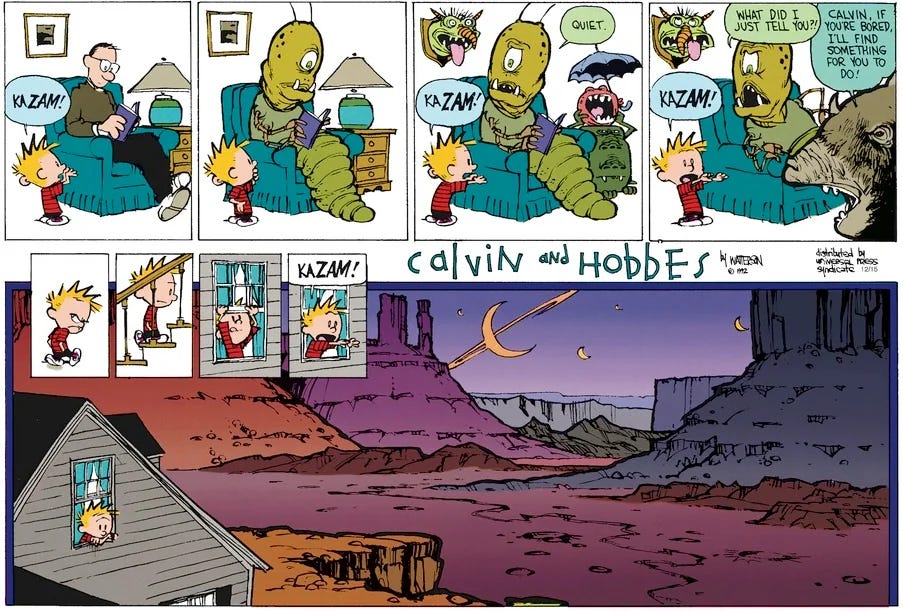
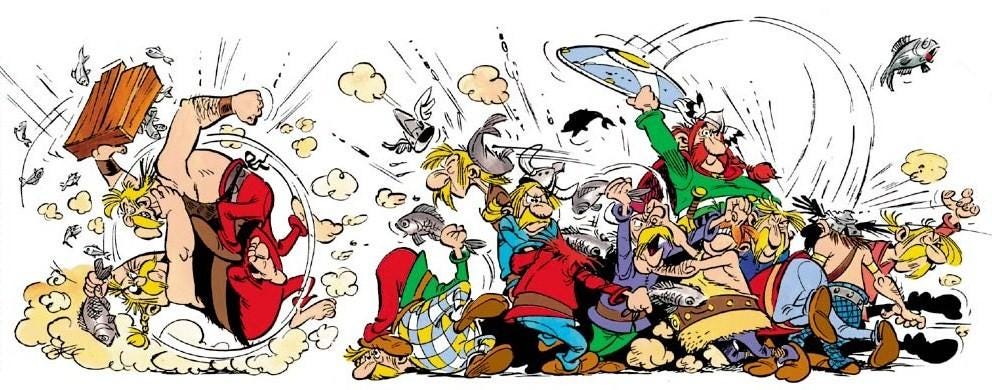
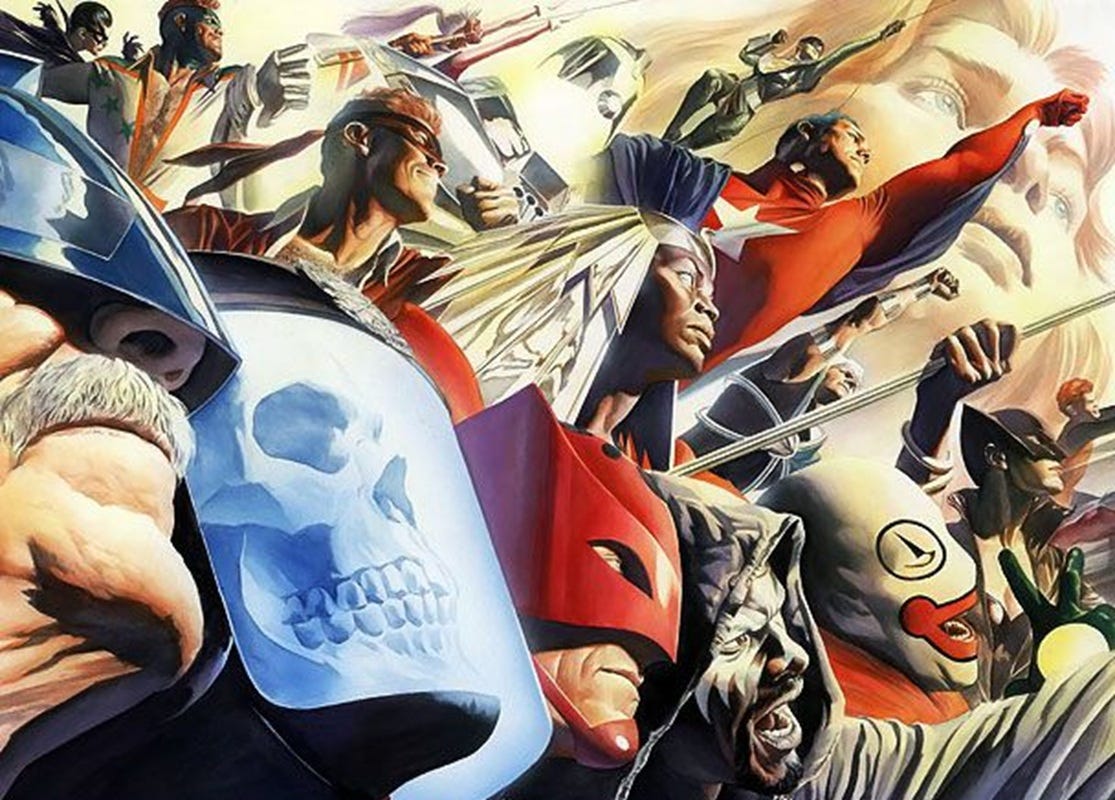
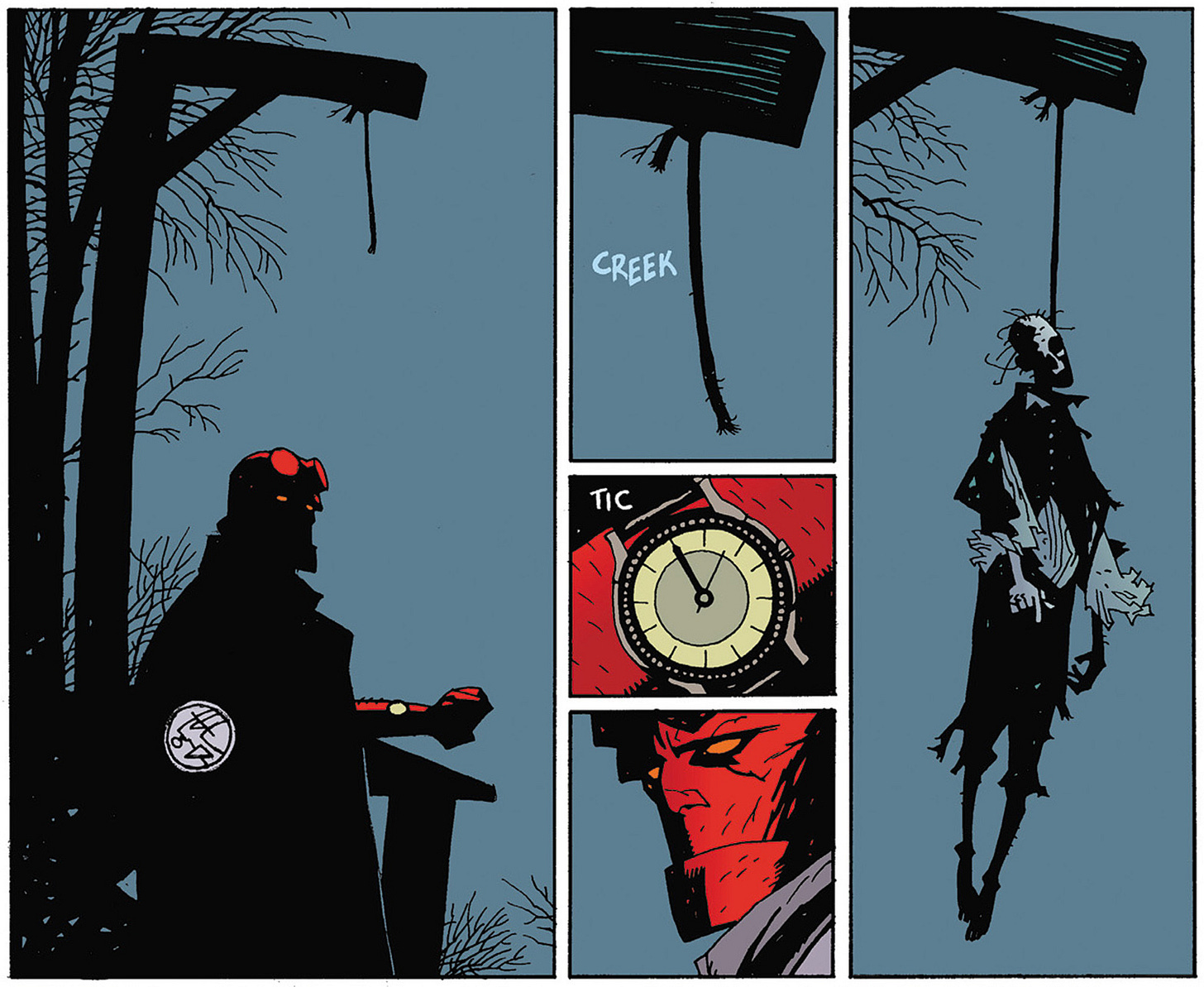
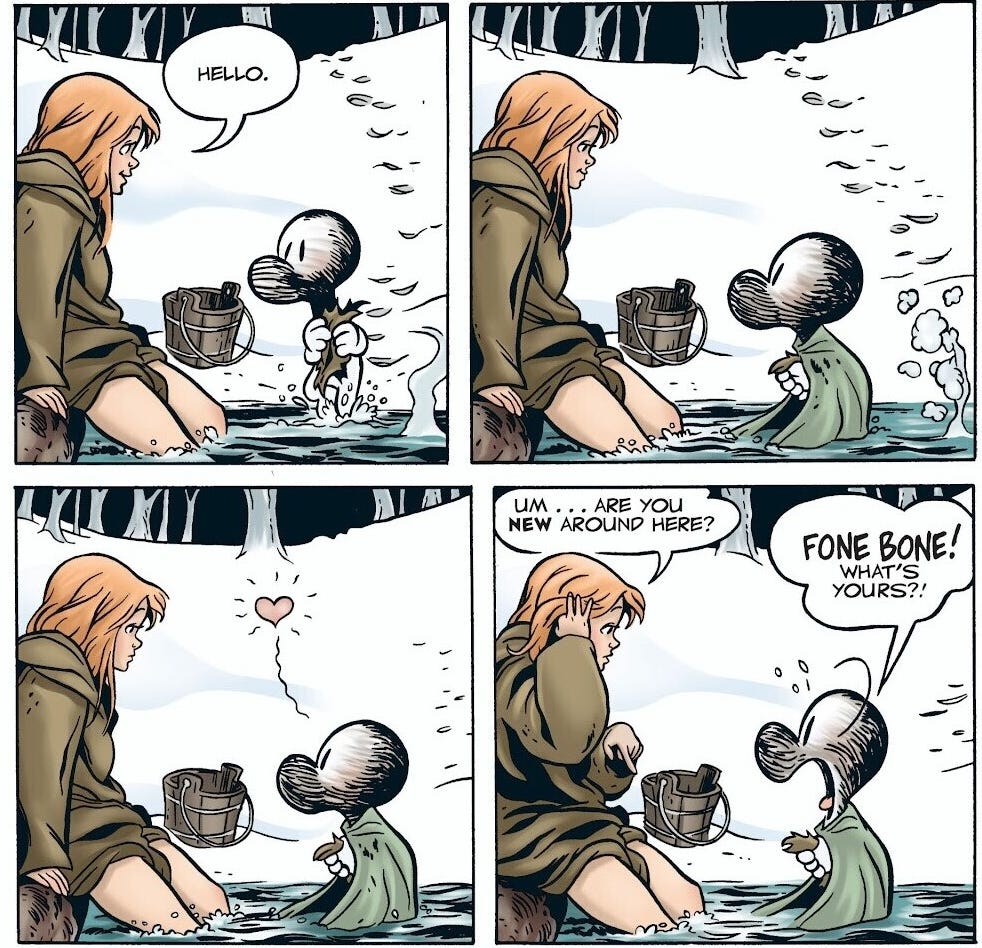
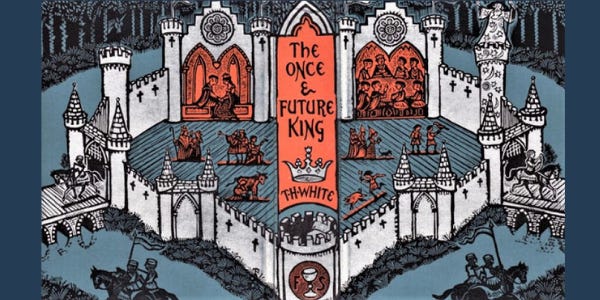
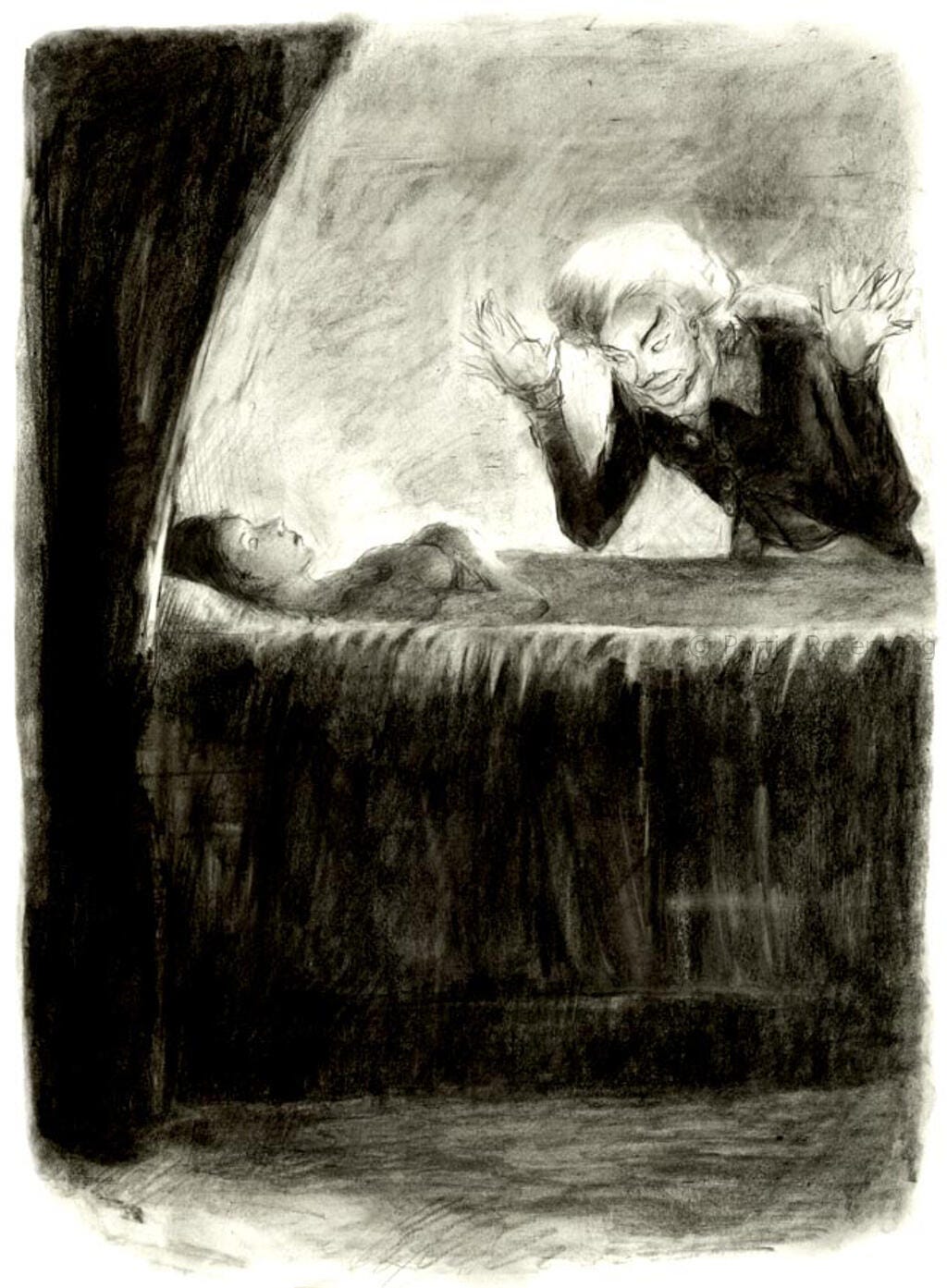
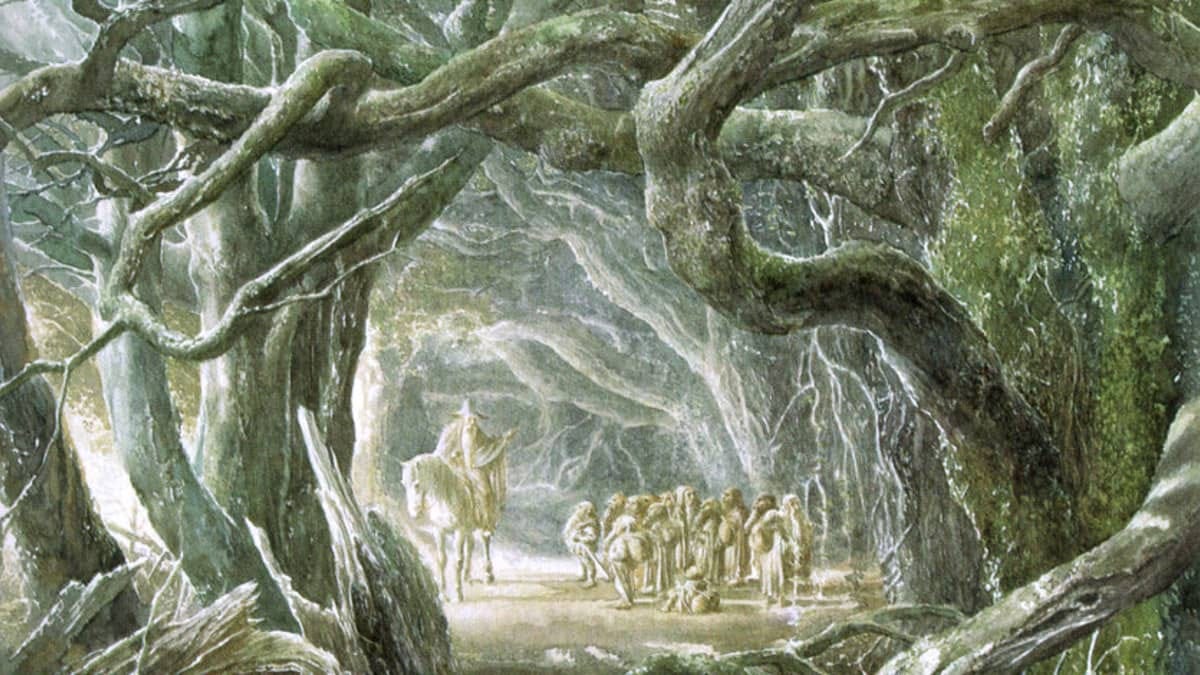
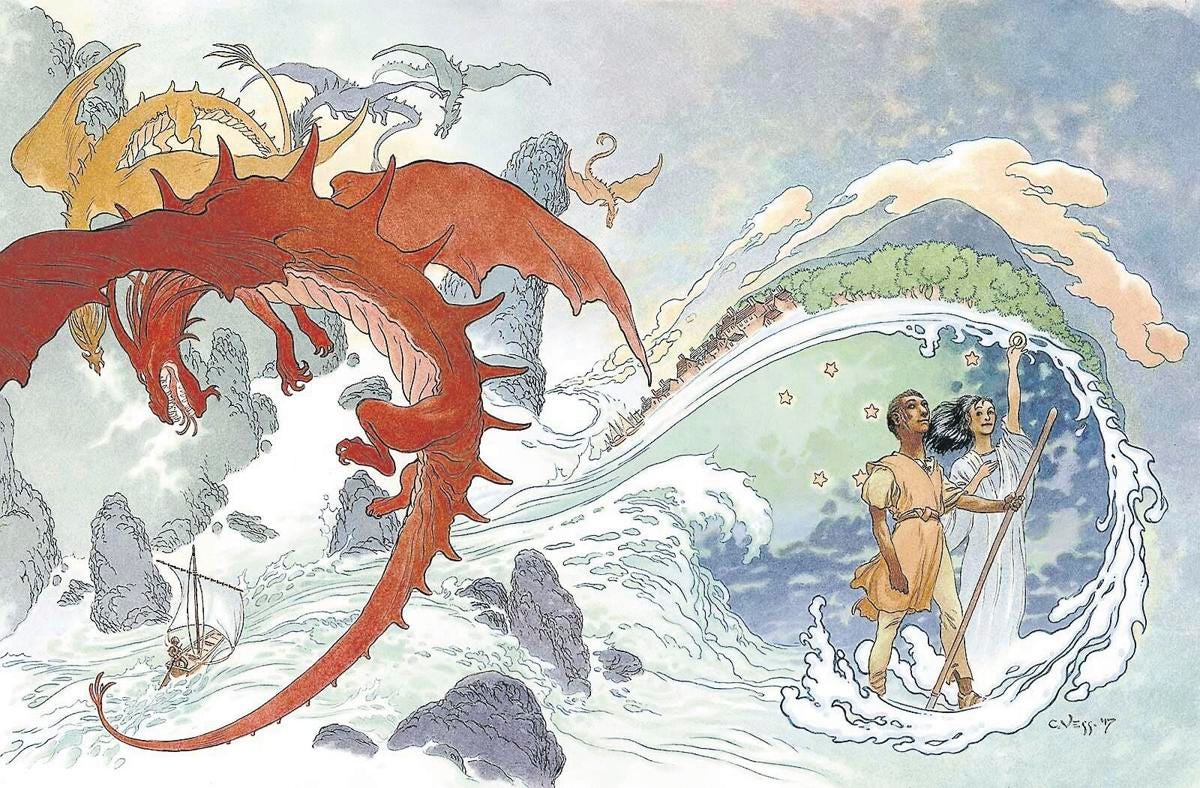
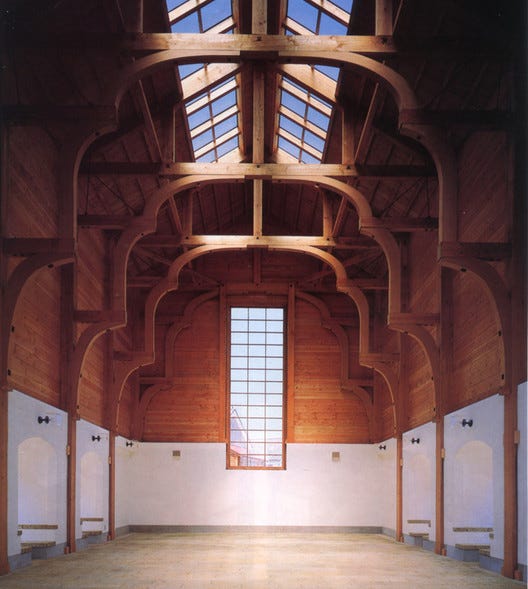
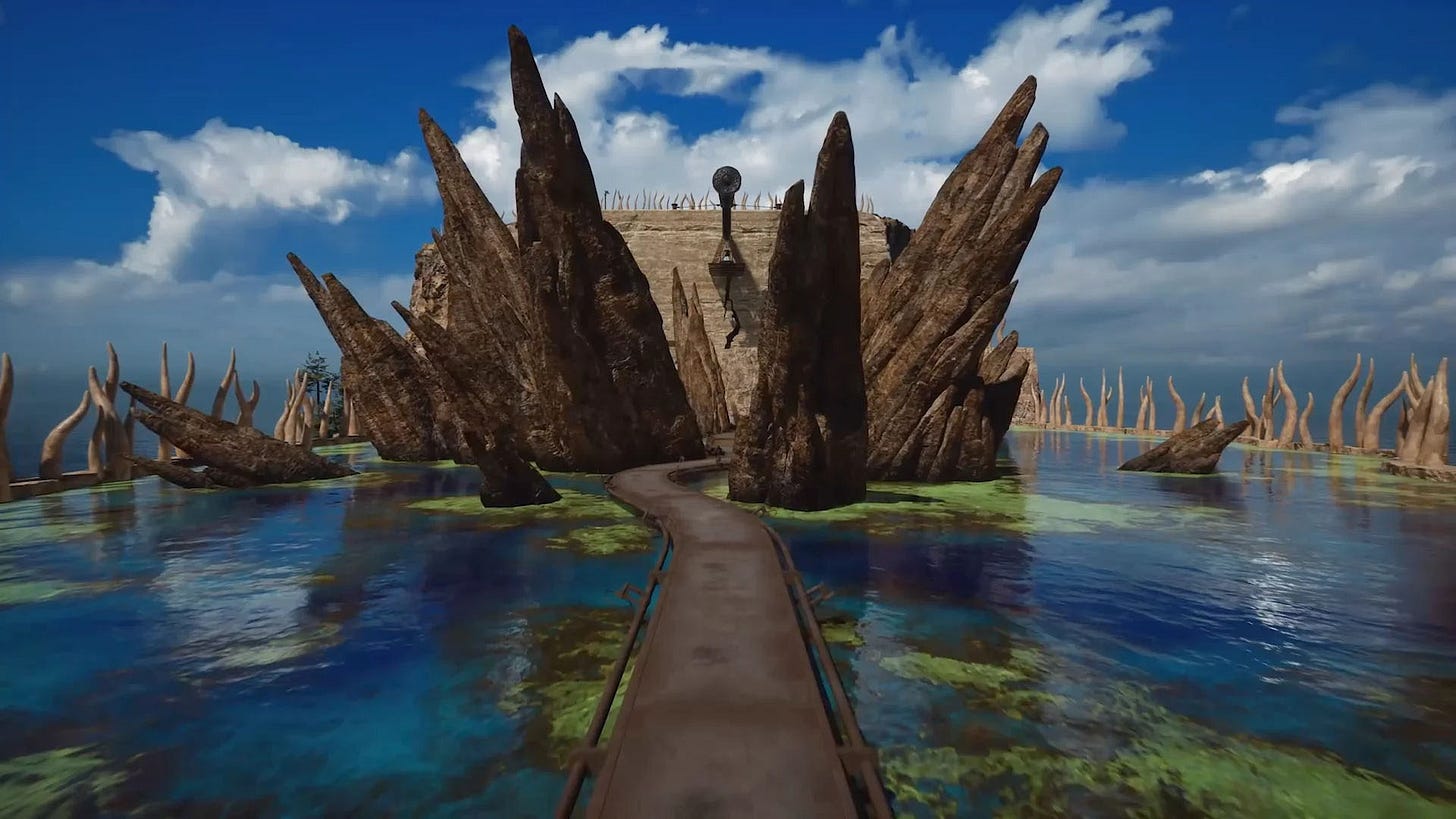
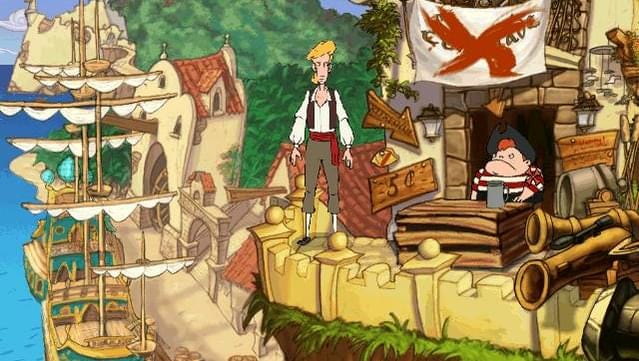
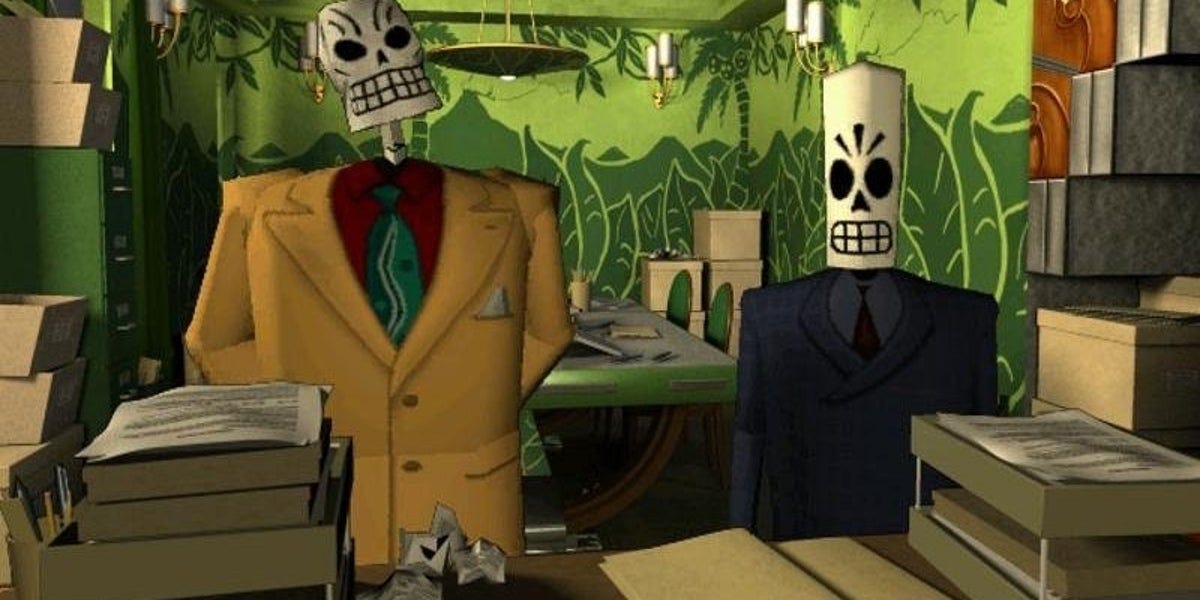
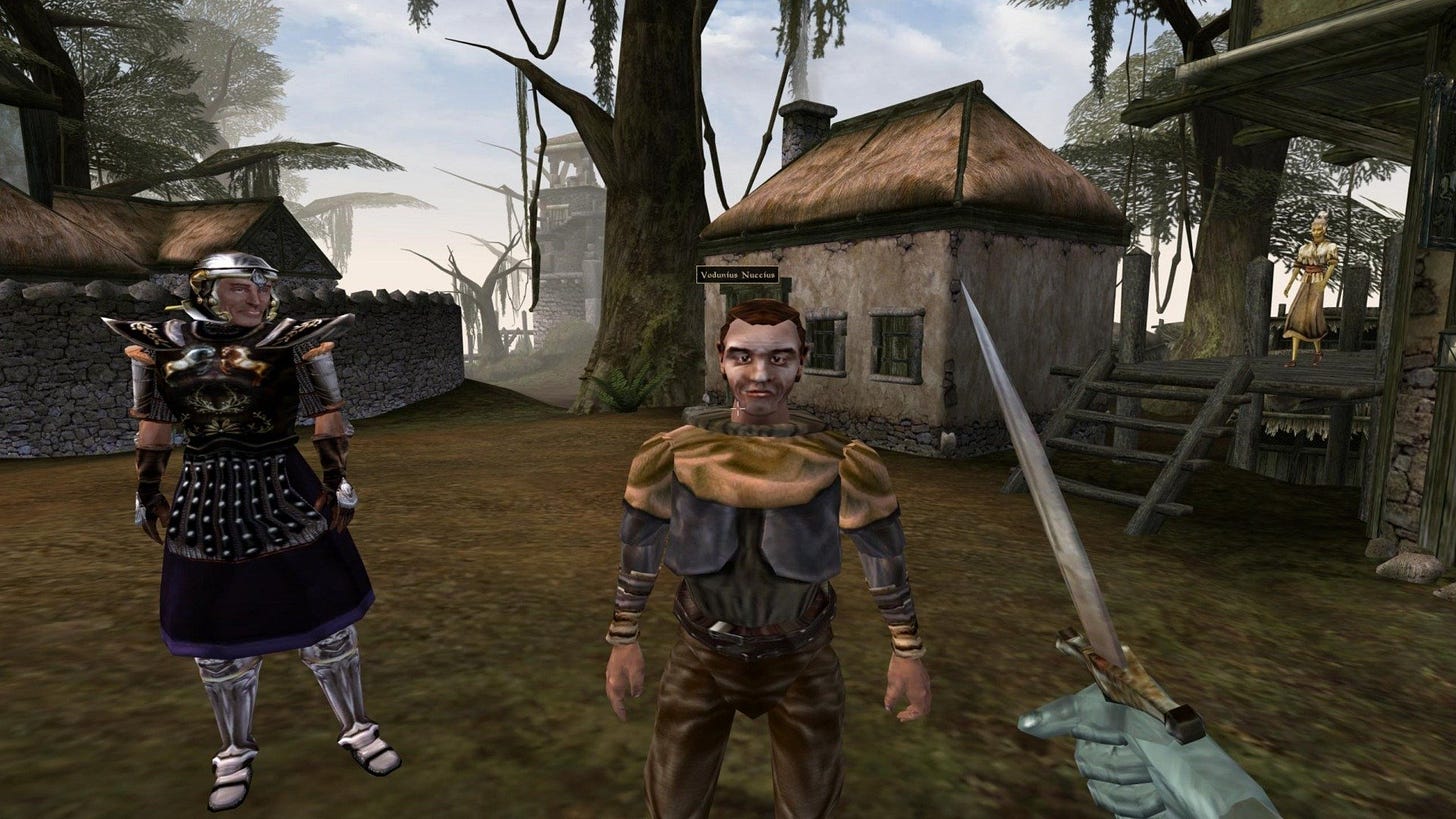
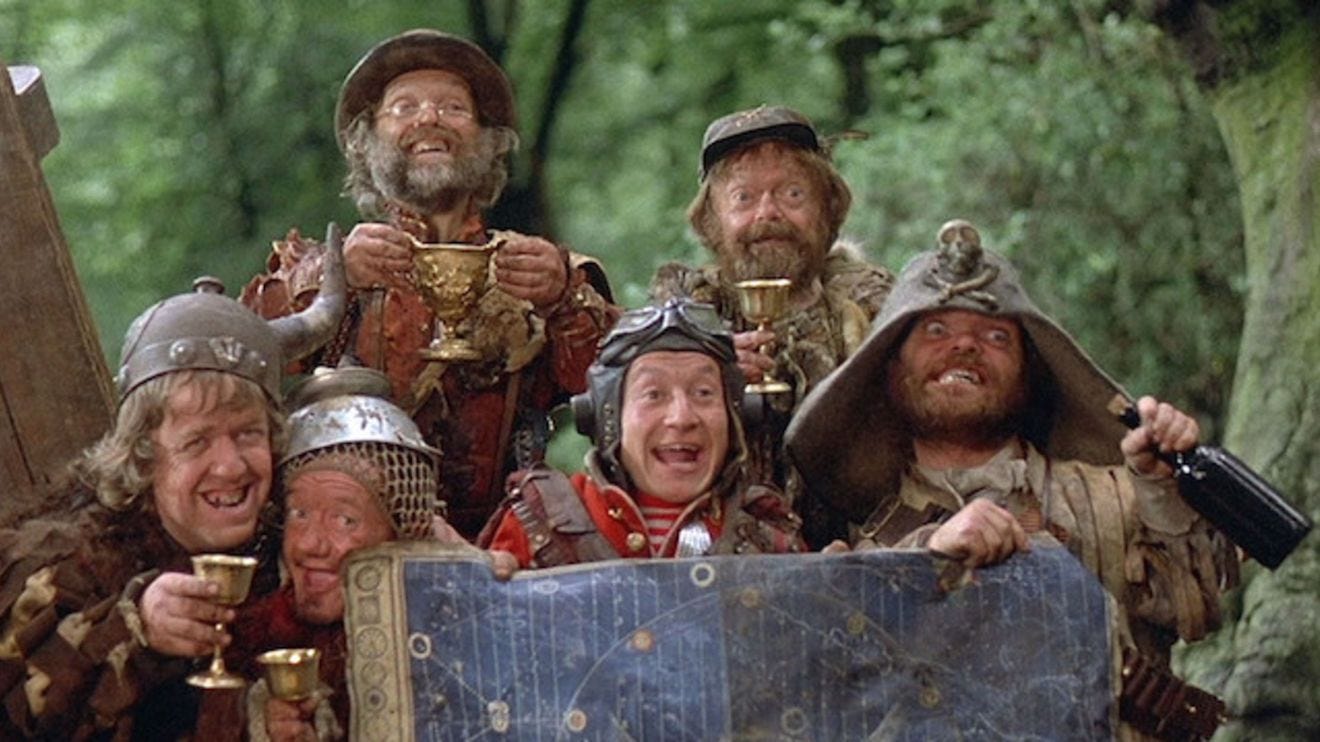
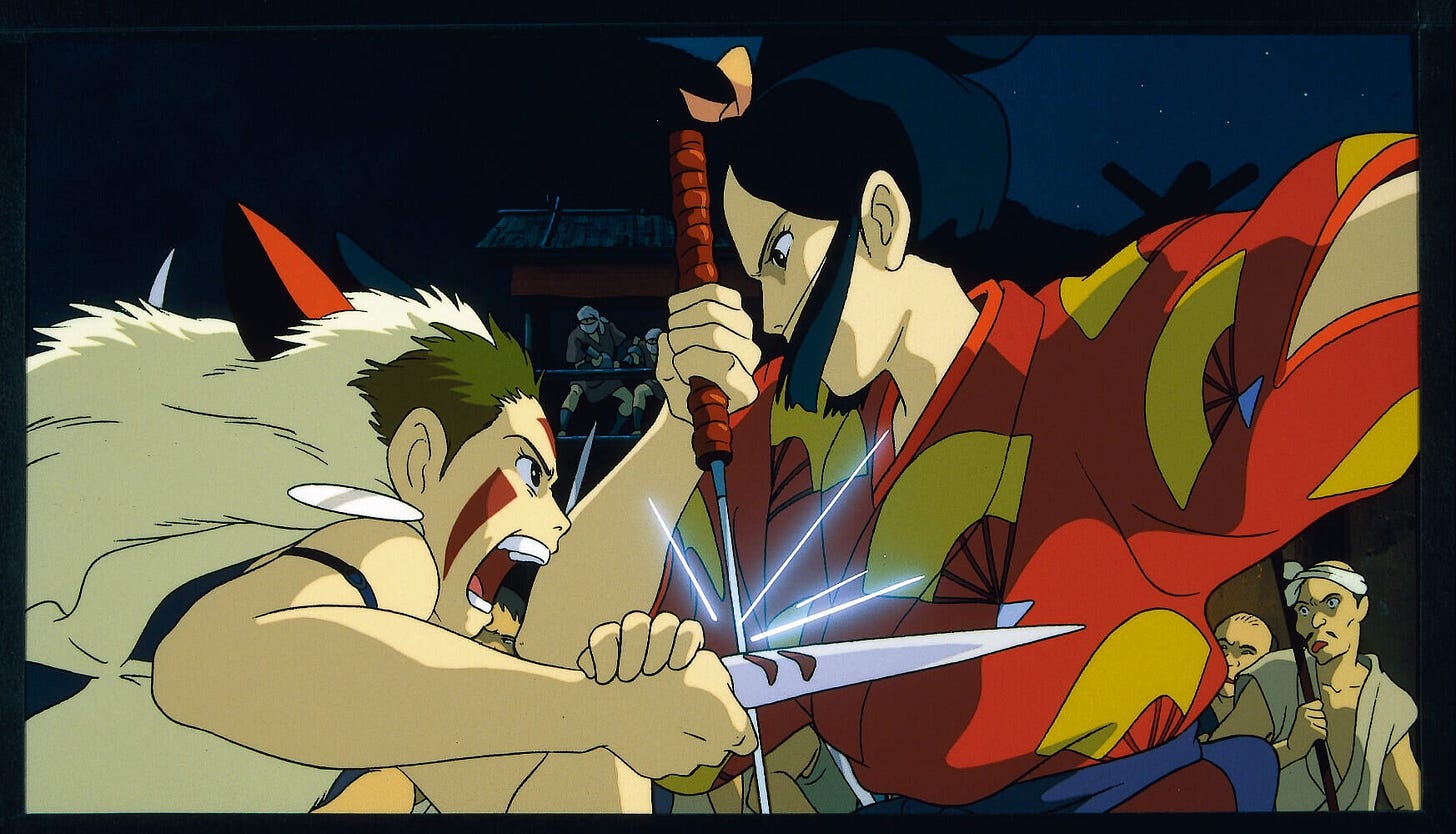
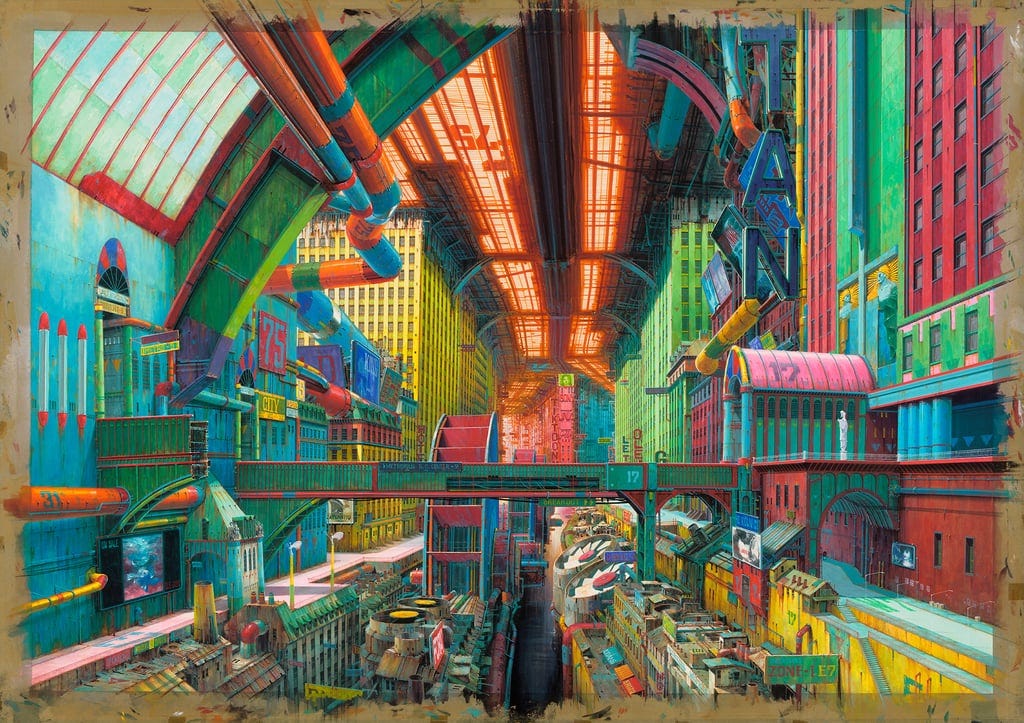
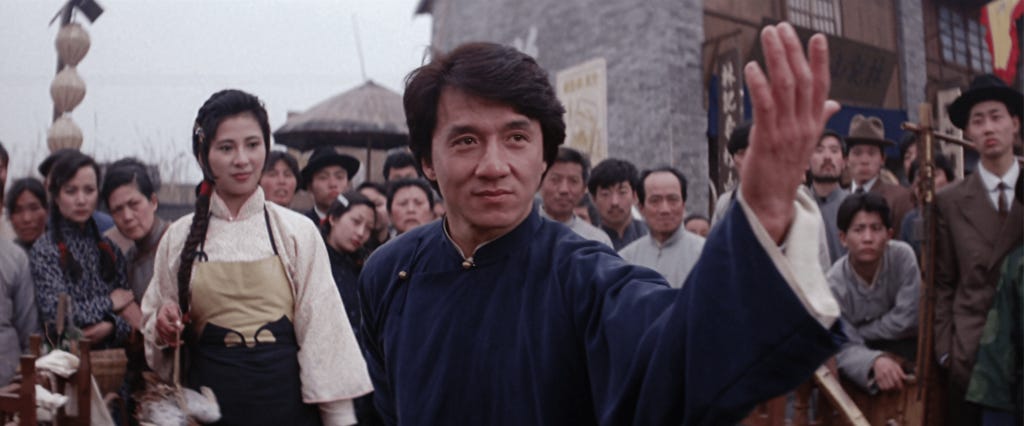
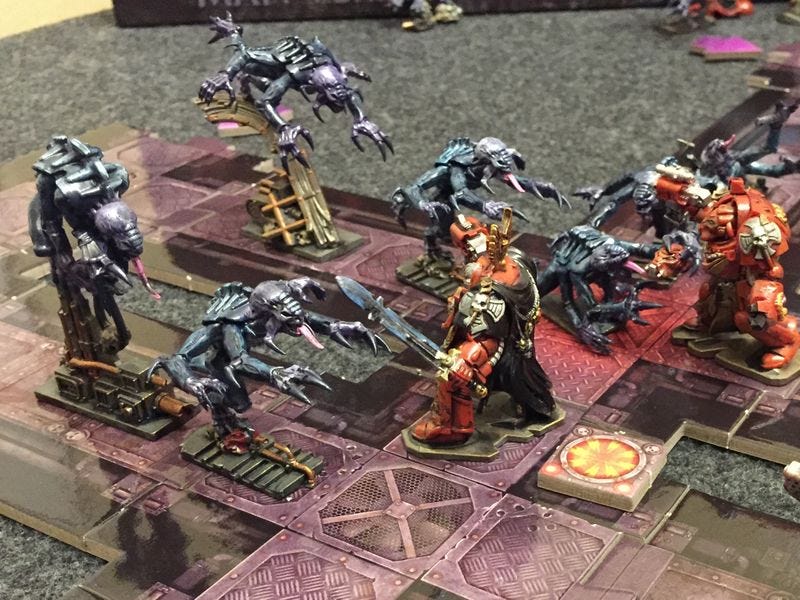
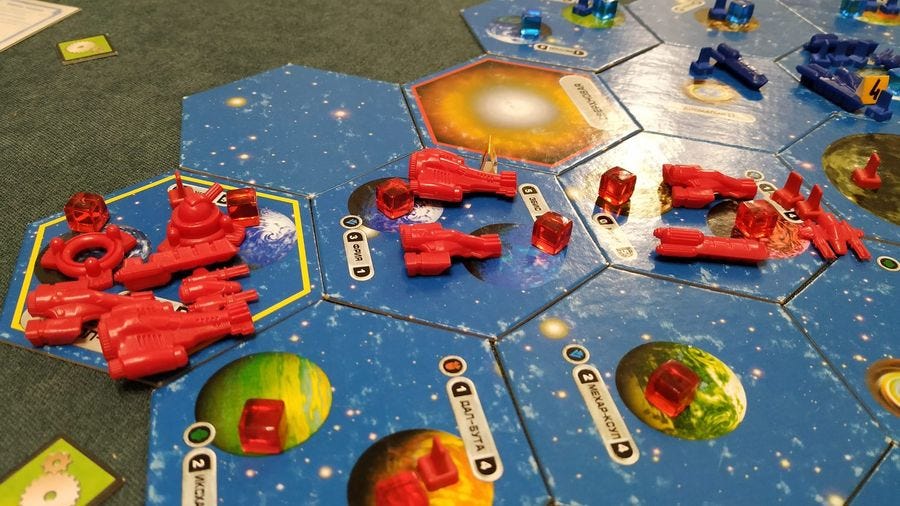
Pattern Language lies in a similar headspace for me. My father gave it to me as a young adult and it deeply impacted well, most everything I think about!
Ignore the footnotes in Jonathan Strange ?! what madness is this?
Some of these were new to me. Will have to check them out.
It also is inspiring me to think about what my influences are. Something I haven't really considered before.
Thanks, Ben!